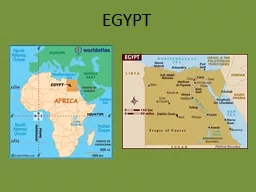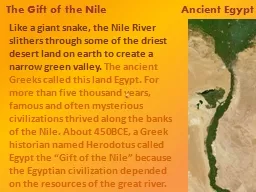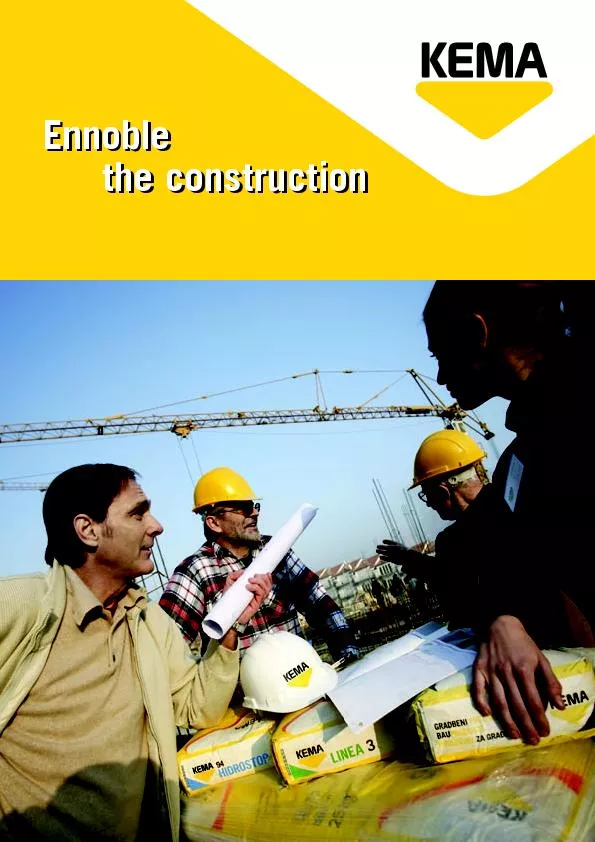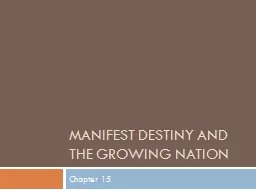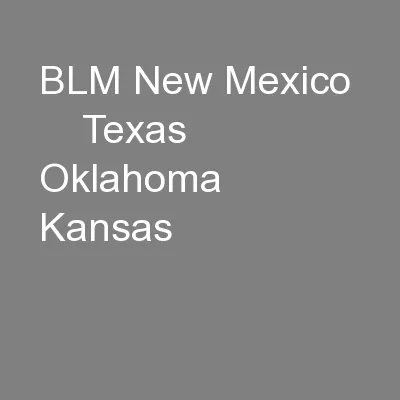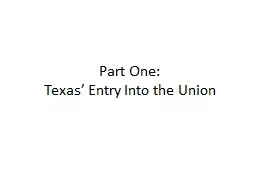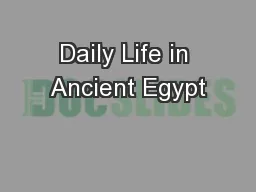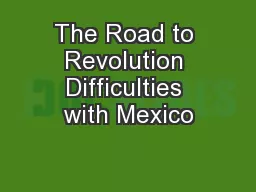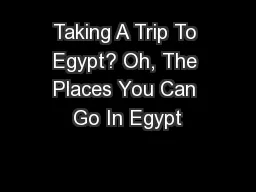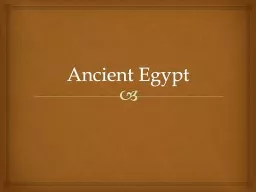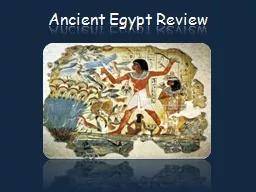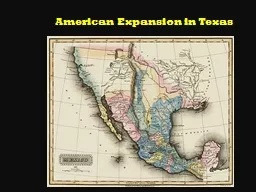PPT-EGYPT Basic Facts Size: 386,000 square miles (about the size of Texas and New Mexico
Author : dailyno | Published Date : 2020-06-24
Capital City Cairo Other big cities Alexandria Giza Shubra el Khema Population 82079636 compared with US population of about 311800000 Nearly all of Egypts people
Presentation Embed Code
Download Presentation
Download Presentation The PPT/PDF document "EGYPT Basic Facts Size: 386,000 square ..." is the property of its rightful owner. Permission is granted to download and print the materials on this website for personal, non-commercial use only, and to display it on your personal computer provided you do not modify the materials and that you retain all copyright notices contained in the materials. By downloading content from our website, you accept the terms of this agreement.
EGYPT Basic Facts Size: 386,000 square miles (about the size of Texas and New Mexico: Transcript
Download Rules Of Document
"EGYPT Basic Facts Size: 386,000 square miles (about the size of Texas and New Mexico"The content belongs to its owner. You may download and print it for personal use, without modification, and keep all copyright notices. By downloading, you agree to these terms.
Related Documents

